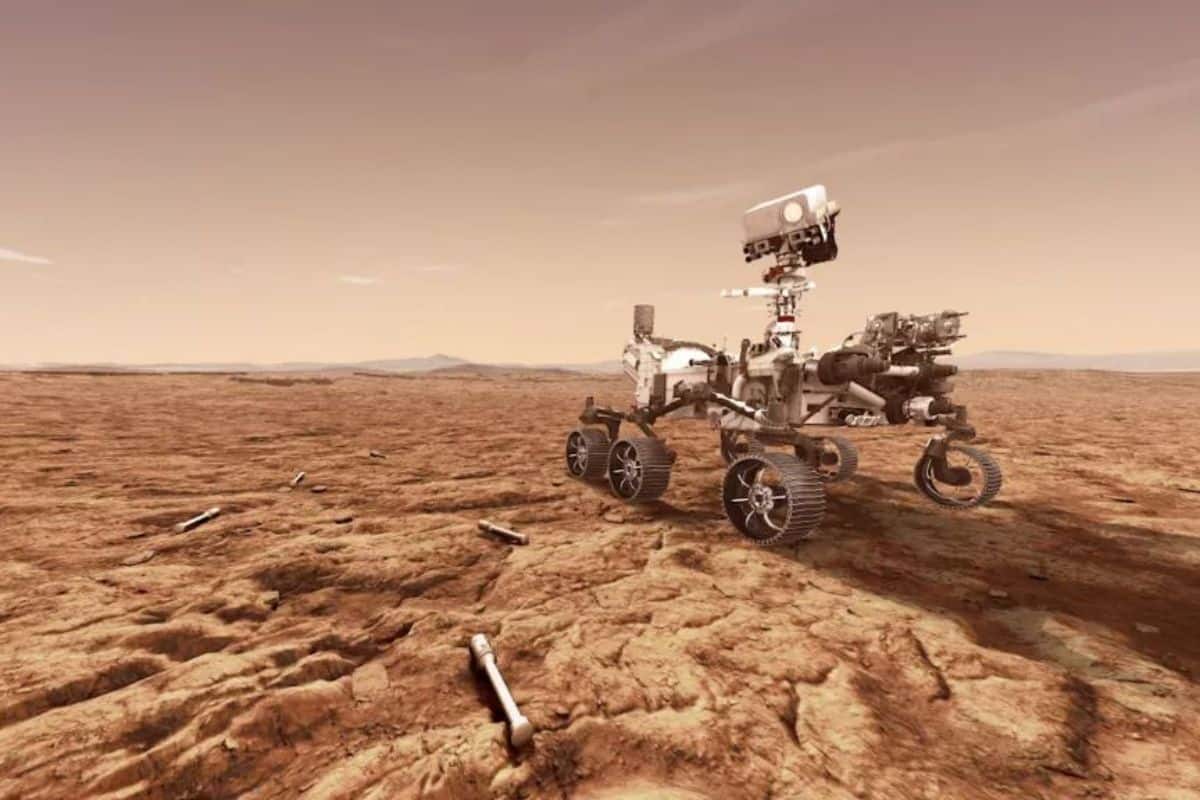
The Perseverance rover, a marvel of NASA’s exploration efforts, has uncovered remarkable findings on Mars, having detected previously uncharted types of ancient rocks that could represent some of the oldest formations on the planet. While navigating the Jezero Crater, the rover retraced its route several times to delve deeper into these fascinating geological structures.
Experts believe these ancient rocks might offer crucial insight into Mars’ geological history and potentially serve as evidence of past environments that may have supported life.
Unveiling the Mysteries of Ancient Martian Rocks
Currently, Perseverance is engaged in a Crater Rim Campaign, a mission aimed at examining uplifted rock formations to enhance our understanding of Mars’ geological timeline. This campaign explores whether the region once harbored liquid water and possibly microbial life billions of years ago.
During its exploration, the rover encountered several types of rocks previously unknown to scientists, leading researchers to adjust the mission trajectory and revisit specific locations for additional sampling. Each outcrop analyzed by Perseverance has exhibited unique characteristics, suggesting a rich and varied geological past in this section of Jezero Crater.
The Importance of the “Serpentine Lake” Rock
Among its most thrilling discoveries, Perseverance investigated a rock it named “Serpentine Lake.” Using the SHERLOC instrument—specifically designed to detect organic materials and minerals altered by water—the rover discovered a strikingly high concentration of serpentine.
Serpentine, a mineral that forms in environments with water, hints at prolonged aqueous activity on Mars in this region, possibly under conditions favorable to life. The rock’s texture, which scientists liken to cookies and cream, further indicates a complex geological narrative.


NASA’s Perseverance rover captured this image showcasing the intriguing texture of the rock sample known as “Serpentine Lake.”
Challenges in Collecting Martian Samples
While Perseverance is adept at identifying captivating rocks, the actual process of collecting samples poses its own hurdles. During an attempt to retrieve a core sample from “Cat Arm Reservoir,” another notable rock, the material crumbled into dust rather than remaining solid in the sample tube.
This challenge is not a new occurrence for Perseverance. Some Martian rocks are so fragile that they disintegrate during drilling, complicating sample extraction. The team is hopeful that the Serpentine Lake sample will be sturdy enough to withstand the coring process, possibly providing invaluable evidence of Mars’ ancient water-rich environments.
Upcoming Endeavors for Perseverance
After concluding its analysis at Serpentine Lake, the rover is set to travel towards a location dubbed Broom Point, renowned for its striking layered rock formations. Researchers are keen to uncover what secrets these formations may reveal about the geological development of Mars.
Each revelation made by Perseverance contributes significantly to our understanding of Mars’ history. The rover’s discoveries are crucial in assisting scientists in answering one of the most profound questions in planetary science: Did the Red Planet once foster conditions suitable for life?









